Airbus and Chile, united in efficiency: highlights from Media Day 2024
The International Air and Space Fair 2024 starts on Tuesday, April 9. Still, when the message arrived, I didn’t hesitate: Airbus would hold a Media Day at its facilities on Friday, 5, and I could not miss it. The night of the 4th found me at Aeroparque, ready to fly on a JetSMART’s A320.
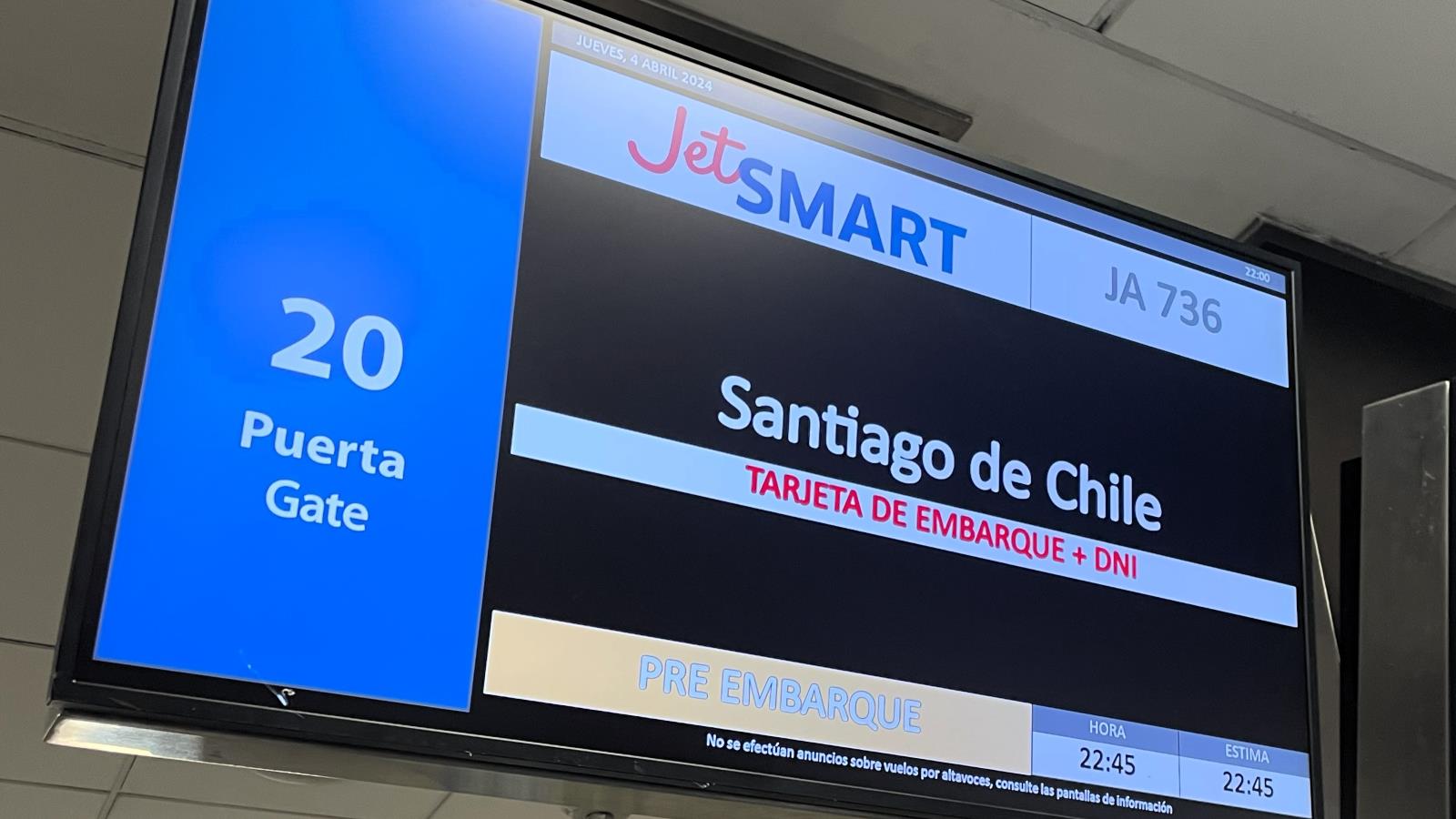
The CC-AWE, an A320-200, had passed through the Argentine subsidiary as LV-KGO. With just over six years under its belt, it still looks and feels like a new plane. The journey was fantastic, leaving and arriving on time, without the common jolts of crossing the Andes. This wouldn’t be my only approach to the Andes. More on that later.
Let’s fast forward through the hours at the airport until the morning – having arrived late and needing to leave early, I preferred to wait and check into the hotel after the activities – and arrive at the Tobalaba aerodrome, located exactly on the other side of the city from SCL. We went through the access controls and arrived at the beautiful facilities of Airbus Chile, where their staff kindly welcomed us.
While we had coffee, we reviewed global and subsidiary data, and it was impressive: despite being immersed in the industry and region all day, I had not noticed that 100% of the single-aisle airplanes of Chilean operators are Airbus and all belong to the A320 family.
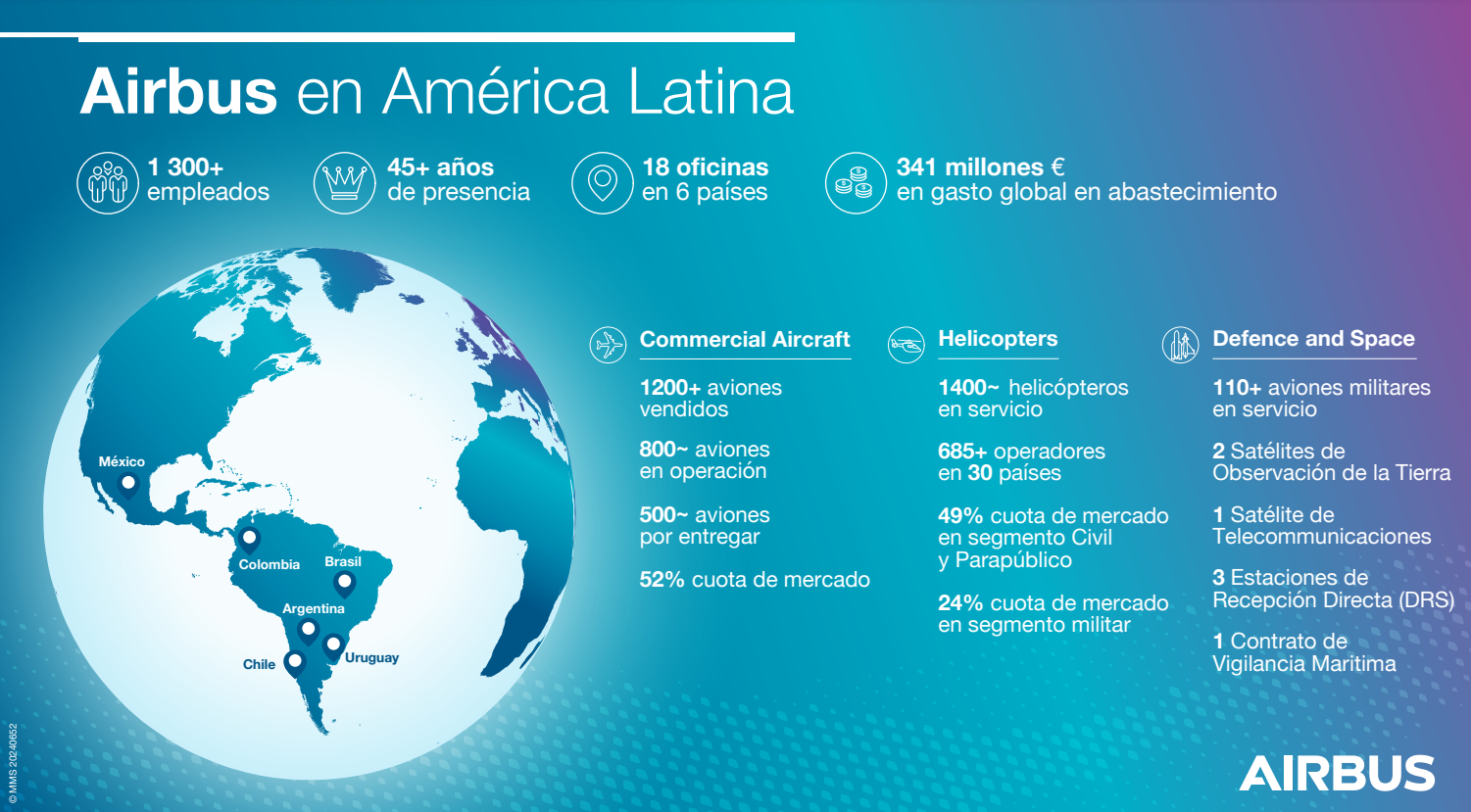
Also, the backlog of orders in the region suggests that the bulk of the fleets will be A321neo, which shows how the product dominates and adapts well to the specific needs of our market. The A220 and A330neo are yet to make their mark, but in Latin America, the trend in narrowbody, by its advantage and unforced errors of the rival, seems undeniable.
We met to chat with Pierre-Marie Gout, General Director of Airbus Chile and Southern Cone, mainly a helicopter man; we talked about Airbus’s rotary-wing product portfolio and the widespread presence of different models in the region. H125, H145, H160, H225, and more: their various civil, military, and Security Forces applications.
Gout highlights the performance of the H125 – which has logged a whopping 40 million flight hours globally – for mountain work: the squirrel (hence the name Ecureuil) is nimble, precise, and fast in operating environments complicated by altitude, to which is added the heat when working in firefighting. Maintaining power in thin air is not easy, and the 125 does it fantastically.
The coffee extended, and we talked about many more things: the commercial, defense, and space segment, how the world changed after the pandemic, and we shared our surprise at how quickly the regional market returned to the growth path.
We toured the facilities of the ACTC, the training center where pilots from SKY, LATAM, and JetSMART prepare, in the FFS L3Harris simulators and on equipment of lesser complexity but similar importance.
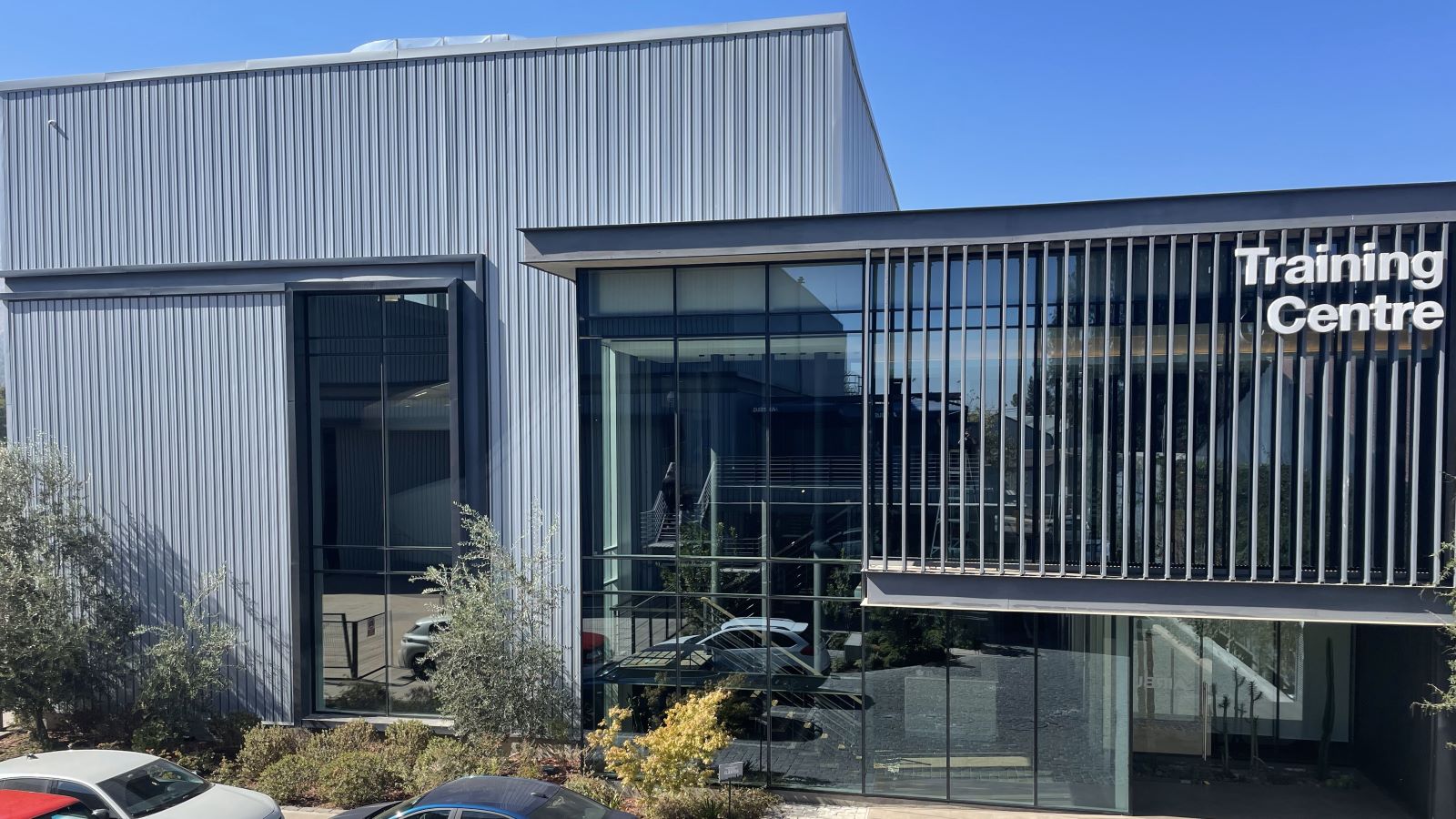
With the size and relevance of Airbus fleets in the country, it made sense to set up a local center and reduce the time crews are out of schedule due to recurrent training. SKY, the launch customer, understood this and was joined by its two local colleagues.
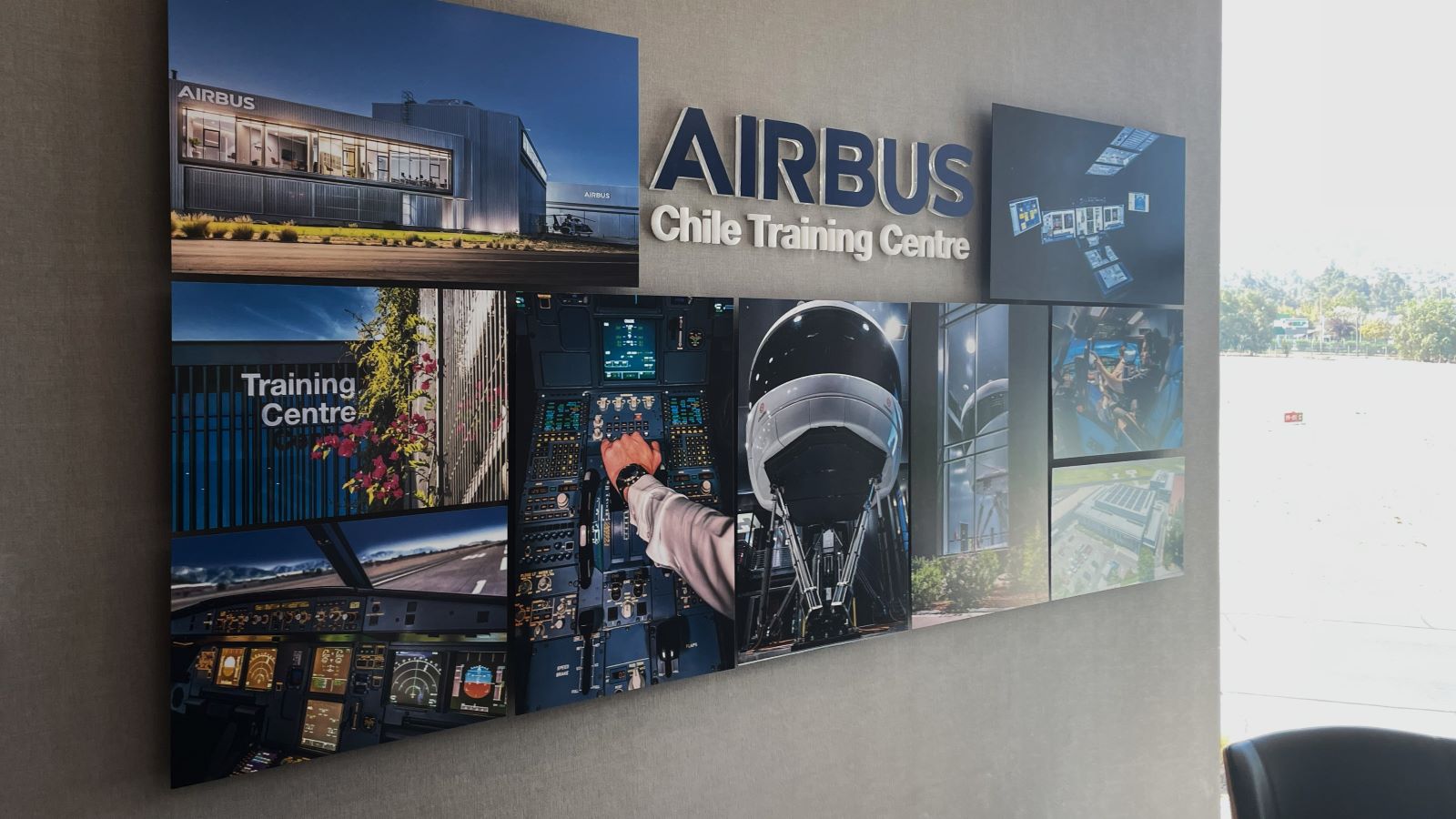
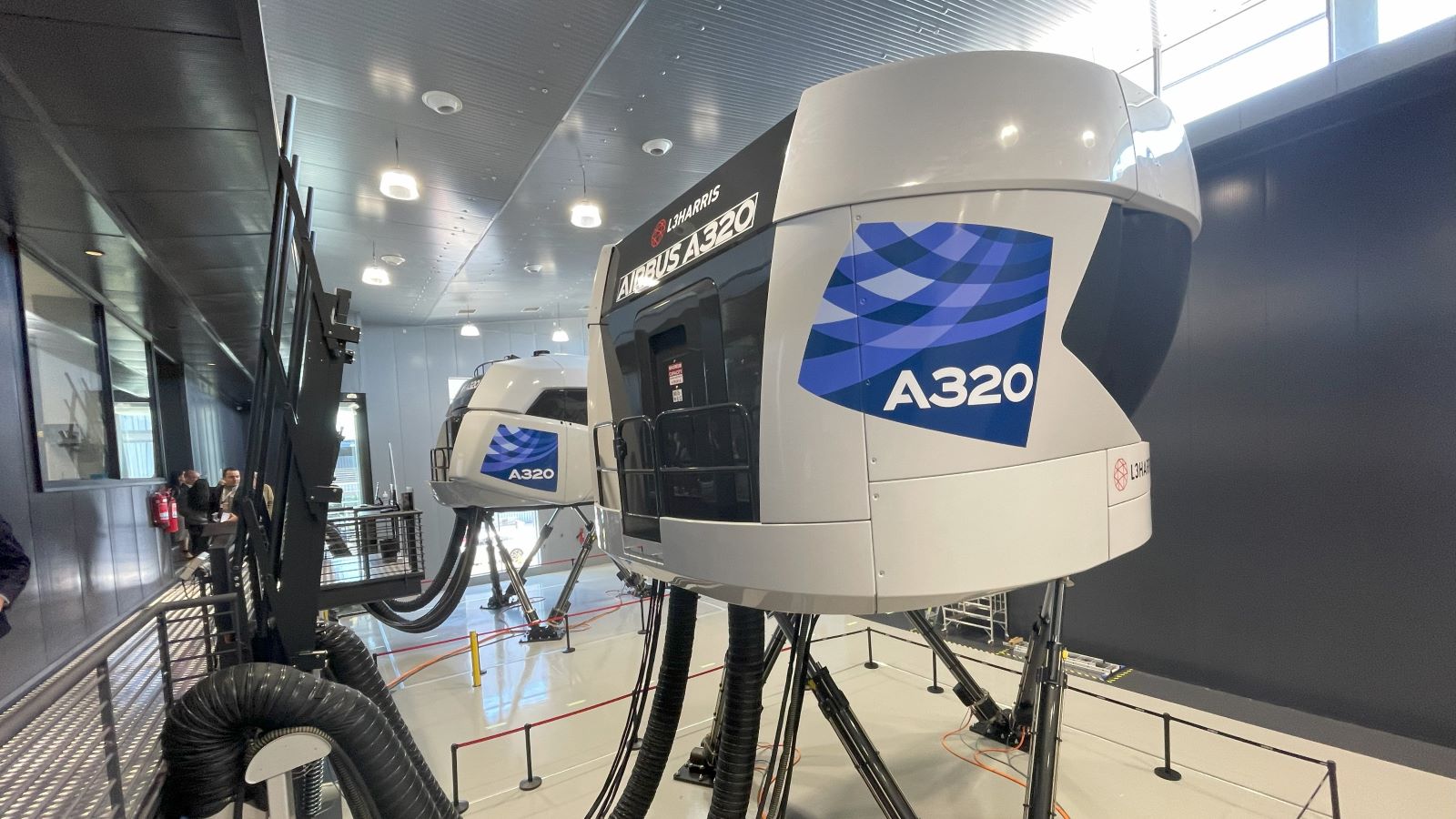
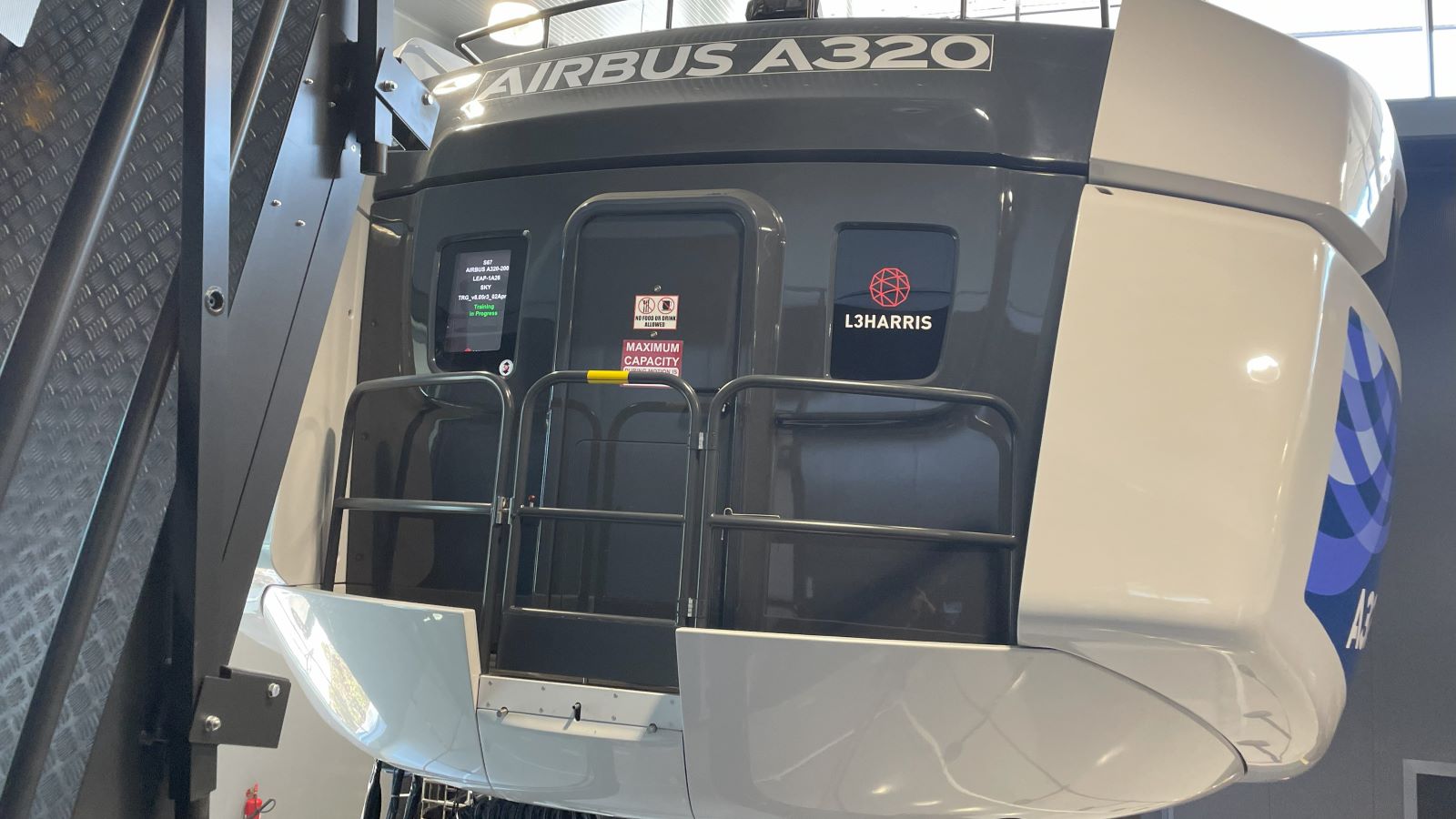
We went to the terrace, as the sun lit the noon of beautiful Santiago. We awaited the return of the CC-DHZ, H125 B3 from Rotortec, which would take us for a spin over the city and the foothills, but that experience deserves to be told separately.
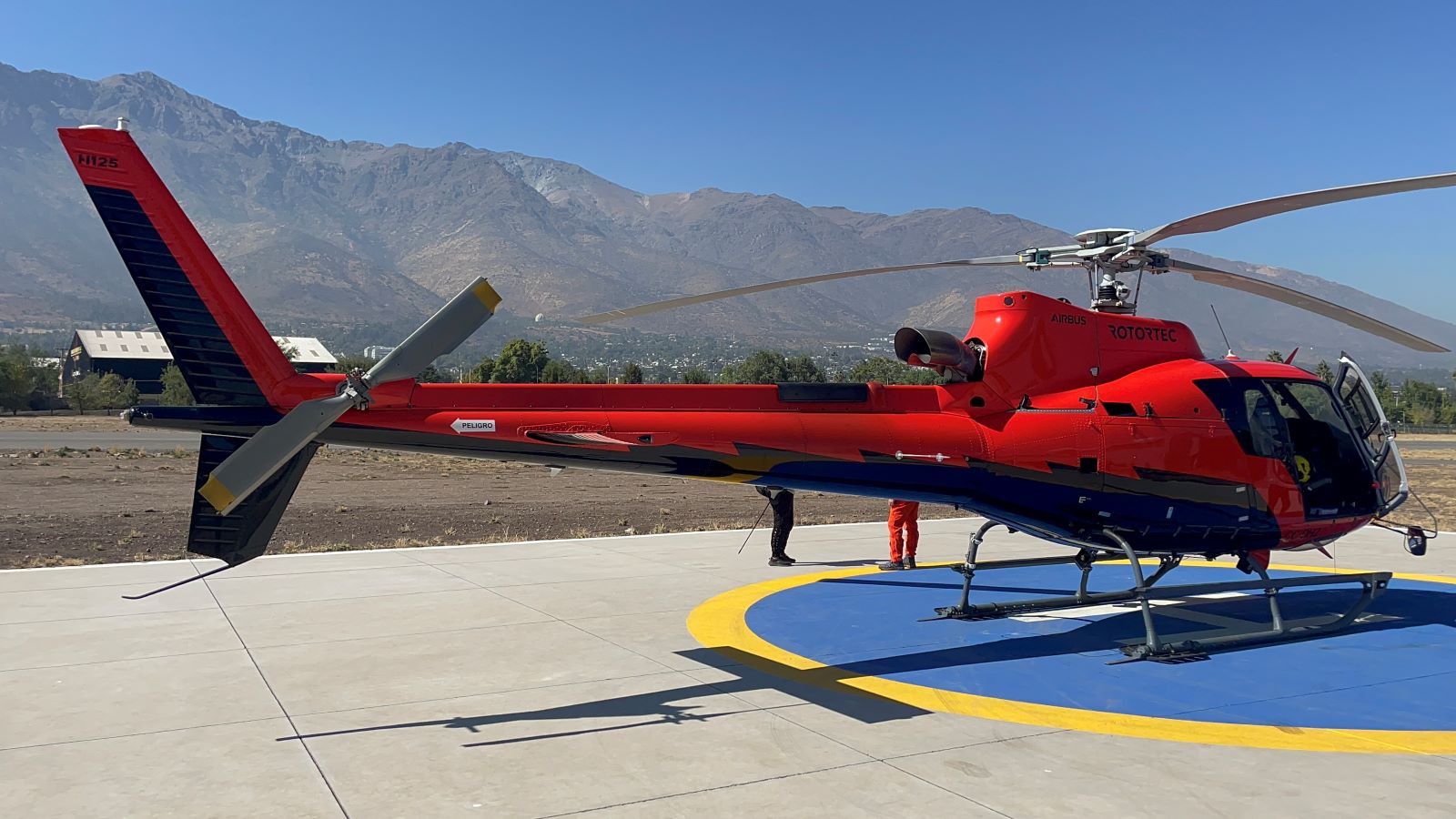
After the flight, we said our goodbyes. We left Tobalaba feeling that even without starting the week of activities in Chile, we already have a lot to tell about Airbus and its presence in the country and the region. As always, it’s evident that the company pays attention to every detail, and its people and work culture are consistent worldwide.
Last year in Paris, January in Marignane, and yesterday in Santiago, I saw that Airbus shares the same efficiency testimony everywhere. And that is not easy.

/https://aviacionlinecdn.eleco.com.ar/media/2024/04/IMG-20240407-WA0017.jpg)
Para comentar, debés estar registradoPor favor, iniciá sesión